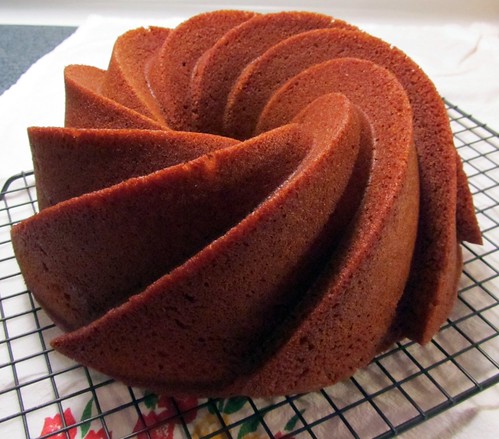
This is likely one of the most common fluid “prescriptions” on the planet. However, despite its historical use, there is little in the way of actual science to back up the recommendation that eight glasses of water is required for good health. In fact, according to the Institute of Medicine (IOM), one needn’t keep track of water consumption at all. Rather, healthy people should “let their thirst be their guide,” meaning that what we need to do is listen to our bodies rather than count our cups.






